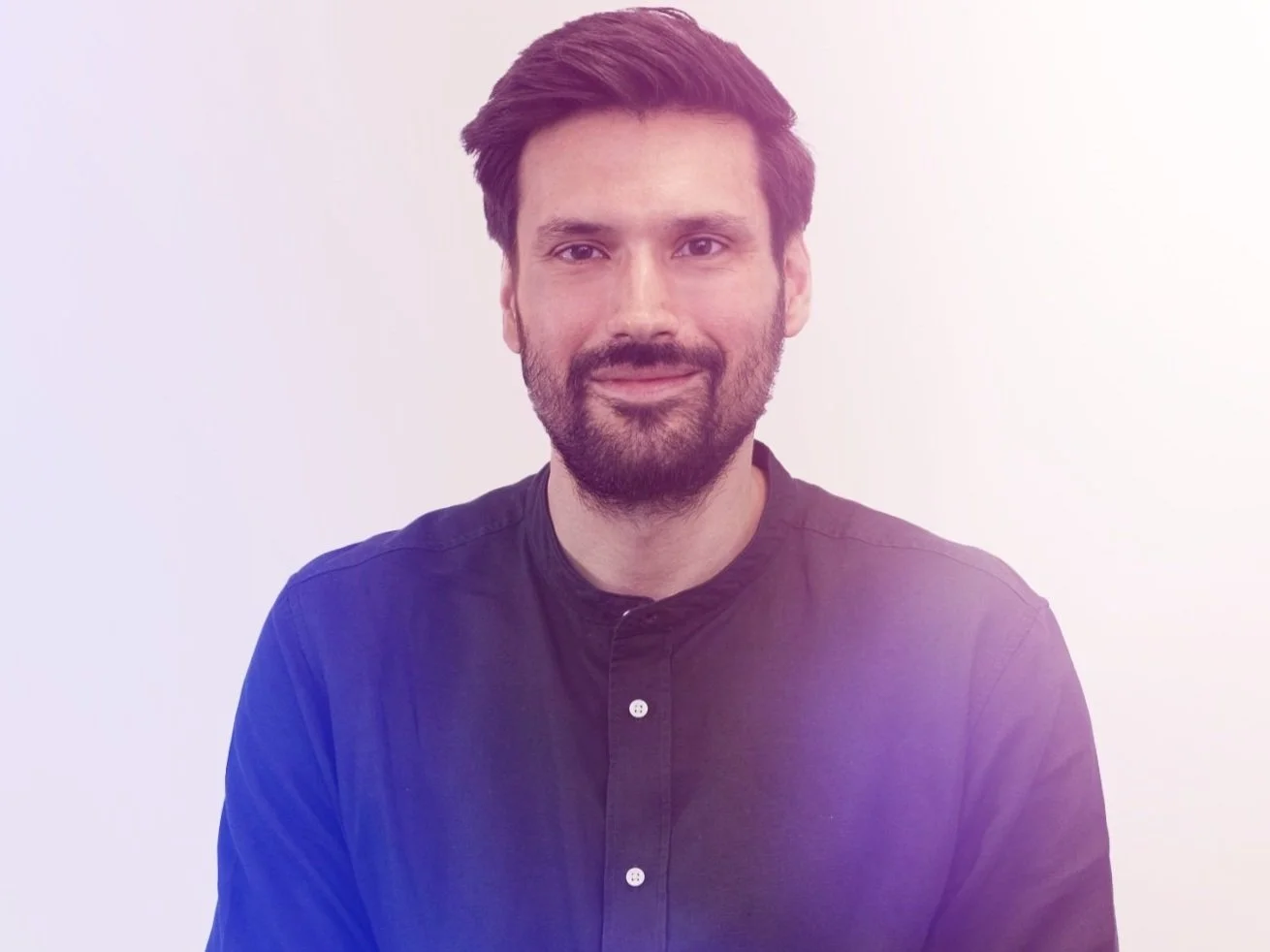The human frequency: Why brands need to start listening
Amp sound branding & Landor Group's Reiner Erlings on why brands should treat sonic branding as a tool for more human and emotionally intelligent experiences.
Reiner Erlings, Managing Director at Amp
We live in a world of constant visual demand. Our screens never sleep. Our feeds refresh endlessly. In the branding world, visual expression has mirrored this demand, with logos, colors, and motion all calibrated down to the pixel. But in all of this focus on what we see, we’ve overlooked something far more instinctive: what we hear. This is where sonic branding comes in. Sound reaches us faster than sight. It bypasses rational filters. It speaks directly to emotion, memory, and mood. It is universal; it transcends language. And yet, it’s still often treated as an afterthought in brand building.
That needs to change, not because it’s trendy, but because it’s deeply human.
In my work across the Middle East and APAC for eighteen years, I’ve seen the difference sound can make when it’s treated as part of a brand’s core identity, not just as a ‘nice-to-have’. When you build a sound strategically and with care, it becomes more than a jingle or a sting. It becomes a way for people to feel your brand instantly, subconsciously, and across cultures.
I saw this most clearly during our work with Dubai Health. Healthcare environments are charged spaces full of vulnerability, anxiety, hope. And while medical outcomes matter, so does how patients feel moment-to-moment. Through research and design, we at amp, together with our colleagues at Landor, created a sonic identity that does what sound is uniquely capable of: soften clinical edges, calm the nervous system, and offer a sense of comfort and care without needing to say a word.
But the emotional potential of sound isn’t limited to healthcare. In sectors like finance, where the relationship between brand and customer can feel abstract or cold, the right sonic cues can build warmth and trust. From a notification chime to the ambient soundscape of a branch, each sound is a subtle opportunity to build reliability, trust, and an emotional connection with the customer
Sonic branding is about making brands more human
What surprises many is that this effect is measurable. Not only does music trigger emotional response in milliseconds, but well-designed sound systems improve UX, boost recognition, and strengthen recall. Sonic cues directly correlate to increased trust, and boosted sales conversion and intention. Just as importantly, they contribute to a more cohesive brand experience across all platforms, especially in today’s multisensory, screenless, and AI-driven touchpoints.
And yet, most brands still treat sound as a finishing touch, something to add at the end of a campaign, rather than the beginning of a strategy.
That’s where I believe the shift needs to happen. Not to add more noise to the world, but to add more meaning. When we tune our brand voices, literally and figuratively, to reflect empathy, emotion, and coherence, we create experiences that people don’t just remember…they resonate with.
A strong sonic identity compliments and strengthens a visual identity (including motion); multisensorial branding is all about expanding a brand into something fuller, more intuitive, and more aligned with how people actually experience the world, using all their senses.
In the end, sound is not just what we hear. It’s what we feel. And in an increasingly automated, attention-fractured landscape, feeling is the most valuable connection a brand can make.
It’s time we start listening.
By Reiner Erlings, Managing Director, APAC & Middle East, amp sound branding & Landor


